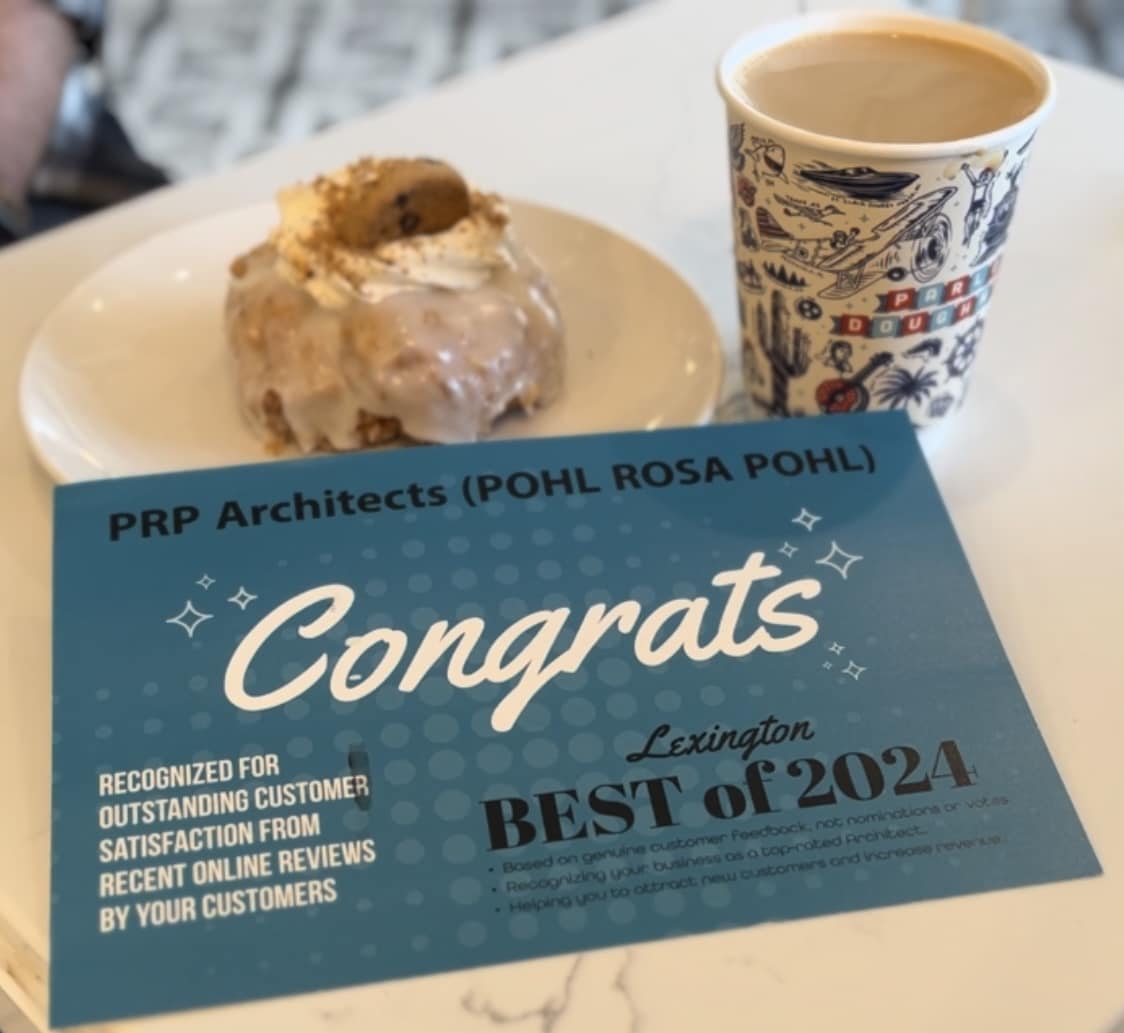Green building certifications and standards are third-party programs that assess buildings for their environmentally friendly and sustainable design, construction, operation, and maintenance practices. Buildings are usually assessed across several sustainability categories such as material selection, water conservation, energy efficiency, indoor environmental quality, and site development.
The Benefits of Green Building Certification
The construction and operation of buildings generates 40% of global energy-related CO2 emissions each year. While emissions have leveled off since 2015, this number needs to be 30% lower to keep average global temperatures within 2° Celsius of pre-industrial levels by 2030.
• Reduce environmental impact: Sustainable buildings are designed to conserve water, enhance indoor air quality, be energy and resource efficient. Together, these qualities can reduce the carbon footprint and overall environmental impact of a building.
• Decrease operational and maintenance costs: Installing energy-efficient appliances or heating and cooling systems, being strategic about window placement, and creating natural ventilation are all ways that developers can save on utility bills in the future. On average, green buildings save about 14 to 19% on total operating costs per year.
• Increase property value: Certified buildings are more desirable and considered more valuable by investors, tenants, and occupants who prioritize sustainability. This can boost the marketability of a property and increase its resale value should you plan to sell.
• Improve occupant health and well-being: Green building certifications help improve the indoor environmental quality of a building — including air quality, interior lighting, thermal comfort, and acoustics — that affect the way people learn, work, and live. Employers within green buildings often report higher recruitment rates, higher retention rates, and increased employee productivity.
• Achieve regulatory compliance and earn tax incentives: Certification programs often align with or fulfill municipal, state or provincial, or federal requirements for environmental regulations, sustainability targets, and energy codes. This can translate to tax breaks, faster permitting, and project grants for some developers.
Green Building Certification Programs in North America
from country to country, while some are recognized globally. These ten programs are popular options for developers and contractors who are building structures in North America, specifically in Canada and the United States of America:
The PHIUS (Passive House Institute of the US) standard guarantees projects reduce energy requirements via a thoroughly insulated, sealed, and Energy Recovery Ventilated envelope. PHIUS standards provide a path to reducing energy loads and can be the best strategy to achieve Net-Zero-energy. A strict adherence to its 5 Principles for envelope and mechanical systems design followed by a WUFI Passive analysis will ensure an energy efficient solution suitable to every climate zone.
Leadership in Energy and Environmental Design (LEED)
LEED was created in 1998 by the U.S. Green Building Council in response to growing climate change concerns. Now, it’s the most widely used green building rating system in the world, as it provides builders with a practical framework for creating healthy, highly efficient, and cost-saving green buildings. A building or project earns LEED credits by addressing areas like carbon, energy, water, waste, materials, and indoor environmental quality. There are currently nine LEED categories: Sustainable Sites, Water Efficiency, Energy and Atmosphere, Materials and Resources, Indoor Environmental Quality, Innovation in Design, Regional Priority, Integrative Process, and Location and Transportation. Within each of these nine categories are specific credits that builders can earn to become LEED certified, and credits earn you points, which then determines the level of LEED certification your building achieves. There are currently four levels of LEED certification: Certified, Silver, Gold, and Platinum.
Home Energy Rating System (HERS)
The HERS Index is a score that describes a homes energy efficiency. That score can be approximated prior to construction and during construction, when the thermal envelope is complete, a Blower Door Test will assist with finding and fixing thermal leaks. The score references a home built to 2006 IECC (Int’l Energy Conservation Code) standards. A comparable home will have a HERS Index of 100. One that performs 30% LESS efficiently will have a score of 130 while a 30% MORE efficient performance will score a 70. The goal? To realize the highest possible performance by earning the lowest possible HERS Index score.
Living Building Challenge
The Living Building Challenge (LBC) was created by the International Living Future Institute (ILFI) and provides a framework for regenerative design and self-sustaining buildings. Regenerative design ensures buildings not only have a minimal environmental impact but also have a positive effect on surrounding natural systems.
The program has a series of performance-based requirements that address seven performance “PETALS”: Place, Water, Energy, Health and Happiness, Materials, Equity, and Beauty. The “Red List” identifies “worst in class” chemicals to be avoided. To achieve LBC certification, a project must demonstrate its compliance across all seven categories for at least 12 consecutive months.
Sustainable Sites Initiative (SITES)
SITES is a comprehensive framework and certification program for the design, development, and management of sustainable landscapes and outdoor spaces. This program applies to a variety of project types, including open spaces (like national parks and botanic gardens), streetscapes and plazas (like transportation hubs), commercial properties (like retail and office areas), residential neighborhoods, and educational or institutional properties (like college campuses, museums, and hospitals). SITES- certified projects “help reduce water demand, filter and reduce stormwater runoff, enhance biodiversity, provide pollinator and wildlife habitat, reduce energy consumption, improve air quality, improve human health, increase outdoor recreation opportunities, and much more.” The SITES rating system is a 200-point system, and projects can obtain SITES certification at one of four levels: Certified, Silver, Gold, or Platinum.
Well Building Standard (WELL)
WELL Building Standard provides guidelines for designing, constructing, and operating buildings to support human health and wellness. WELL is administered by
the International WELL Building Institute (IWBI) and considers factors that can affect human health across several categories, including Air, Water, Nourishment, Light, Fitness, Comfort, and Mind. Projects pursuing WELL Certification can achieve one of four certification levels: Bronze, Silver, Gold or Platinum. 3. Fitwel
Energy Star Rating System
The Energy Star Rating System is a standardized rating system and label that helps developers and consumers alike identify energy-efficient appliances, electronics, heating and cooling systems, lighting, and commercial equipment. The Energy Star program also assesses buildings for their energy performance, and certified buildings must earn an Energy Star score of 75 or higher on the Environmental Protection Agency (EPA) 1 to 100 scale. Certification is annual and must be verified by a third-party.
Fitwel is a certification program focused on protecting and improving human health and well-being inside buildings. It assesses the various ways a building’s design and operations impact human health across seven categories: Community Health, Morbidity and Absenteeism, Social Equity, Well-Being, Healthy Food, Occupant Safety, and Physical Activity. The framework was developed by the U.S. Center for Disease Control (CDC) and the U.S. General Services Administration (GSA), and the program is now managed by the Center for Active Design (CfAD), which is a global nonprofit organization. Projects can achieve Fitwel certification at one of three levels: one star, two stars, and three stars.
Green Globes is an online assessment protocol and rating system that evaluates the environmental sustainability, health and wellness, and resilience of commercial real estate. Developed by the Green Building Initiative (GBI), Green Globes awards up to 1,000 points across seven categories, including indoor environment, resources, energy, project management, space and amenities, water, and emissions. Green Globes certification levels range from one to five globes, with five globes being the highest level.
National Green Building Standard
The National Green Building Standard (NGBS) is a residentially focused green building certification program that was developed by the National Association of Home Builders (NAHB) in collaboration with the International Code Council (ICC). NGBS provides guidelines and criteria for the design, construction, and operation of sustainable single- family homes, multi-family buildings, and residential developments in the U.S. Performance is measured across six categories: Lot Design and Development, Resource Efficiency, Water Efficiency, Energy Efficiency, Indoor Environmental Quality, and Building Operation and Maintenance. There are four different levels of NGBS certification that are awarded based on the number of points achieved: Bronze, Silver, Gold, or Emerald.
Building Research Establishment’s Environmental Assessment Method (BREAM)
BREEAM was developed in the United Kingdom by the Building Research Establishment in 1990 and is now recognized internationally. BREEAM evaluates the sustainability performance of buildings across several categories — including management, health and wellbeing, energy, transport, water, materials, waste, land use and ecology, and pollution — to help achieve Environmental, Social, and Governance (ESG), health, and net zero goals. A building earns points across each category, and a building can achieve one of five certification levels depending on its overall score: Pass, Good, Very Good, Excellent, or Outstanding.
Platforms to find and share Healthy Building Products GreenGuard
While GreenGuard itself isn’t a building certification program, it would be a mistake not to mention it, as GreenGuard-certified products contribute to certification across several of the previously mentioned programs, including BREEAM, LEED, and Fitwel. GreenGuard certifies building materials and products like furniture, paints, adhesives, and cleaning products that have low levels of volatile organic compound (VOC) emissions. High levels of VOCs can contribute to poor indoor air quality, which can have serious impacts on human health. By selecting products with GreenGuard certification, architects, developers, and building owners can create healthier indoor environments, which then contributes to other green building certifications.
Manufacturers voluntarily disclose product information on easy-to-read Declare labels. These “nutrition” labels report all product ingredients and use a simple color code system to flag chemicals of concern. Further information is provided on the product’s final assembly locations, life expectancy, end-of-life options, and overall compliance with relevant requirements of the Living Building Challenge (LBC).
All active Declare labels are accessible on a free and searchable database. The database is used by leading designers, large real estate owners, and conscientious homeowners to specify products they know they can trust and that meet the requirements of leading green building standards, including the Core Green Building, LBC, LEED, and WELL Certifications.
By facilitating and simplifying the exchange of complex ingredient information, Declare has positively changed the materials marketplace to enable the creation of buildings that support human and environmental health.




























